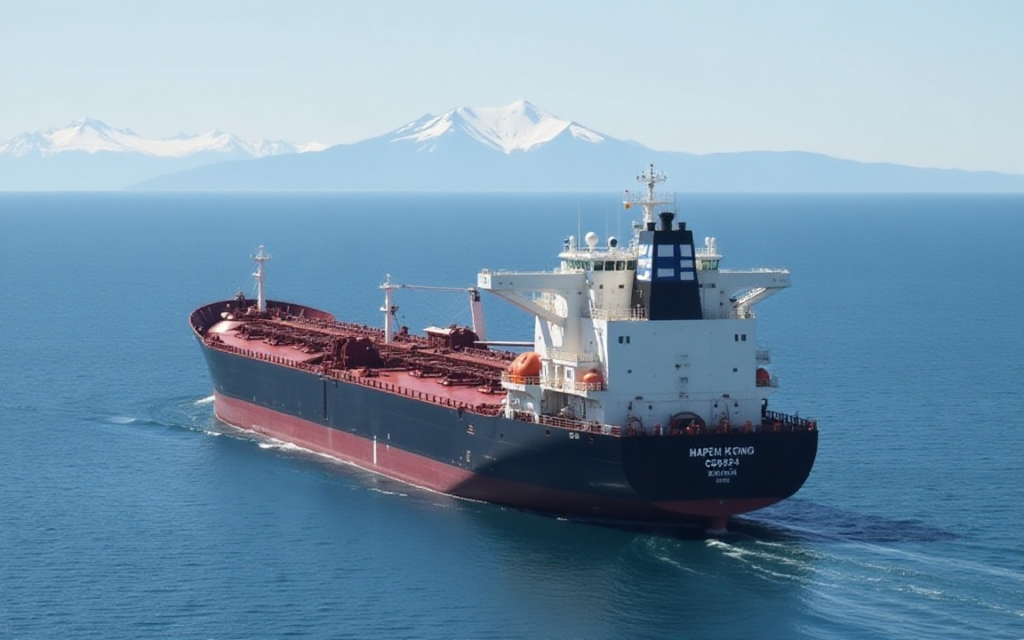
Japan’s top energy producer, JERA, is exploring Alaska as a potential supplier of liquefied natural gas (LNG), as reported by Reuters.
This consideration comes as Japanese officials prepare to visit the US this week for additional discussions on tariffs.
The proposed Alaska LNG project, valued at $44 billion, includes a pipeline and an LNG plant, and is a key part of President Donald Trump’s approach to enhance relations with Asian nations.
He is seeking support from Japan, South Korea, and Taiwan for this major venture.
Naohiro Maekawa, an executive at JERA, was quoted in the report:
Regarding energy security and consistent supply… we would like to consider Alaska as a viable option among various others.
Tariffs impact Japan
Trump’s trade strategies have heavily affected Japan, particularly with a 24% tariff placed on Japanese exports to the US.
This significant tax, covering a wide range of products, could greatly disrupt the trading relationship between the two countries.
In a move suggesting a focus on negotiations, this 24% tariff has been put on hold temporarily, with plans for its return in early July.
This break allows for diplomatic talks aimed at addressing the underlying trade issues.
In addition to this suspended tariff, other trade measures affecting Japan are still active.
A general 10% tariff applies to many imported goods entering the US, adding a baseline charge to Japanese exports.
Moreover, the US continues to enforce a 25% duty specifically on automobiles.
This is particularly significant given the automotive industry’s major role in Japan’s export-driven economy.
Negotiators engage
Japanese trade negotiator Ryosei Akazawa will meet with US officials later this week for further tariff discussions.
Japan is currently the world’s second-largest importer of LNG, following China, mainly sourcing its supply from Australia.
Within Japan, JERA is the leading LNG buyer, acquiring about 35 million metric tons annually.
Maekawa mentioned:
Asia-Oceania currently represents more than half of our procurement sources.
To ensure supply stability, it would be advantageous to expand options to regions like North America and the Middle East.
Maekawa emphasized the need to broaden the supply sources. At present, JERA gets about 10% of its LNG from the United States.
Industry insiders suggest that Japanese companies are hesitant to make firm commitments due to high construction costs and unclear project details.
Tokyo Gas CFO Taku Minami noted on Monday that Alaska LNG’s nearness to Japan and straightforward transport routes, free from canals or straits, are potential benefits for this major Japanese LNG importer.
However, he remarked that the development costs for the project, particularly the lengthy pipeline, remain uncertain.
Profit declines
JERA announced on Monday that its annual net profit halved due to the poor performance of its international power generation and renewable energy divisions.
For the fiscal year that ended in March, the net income stood at 184 billion yen ($1.3 billion).
Nevertheless, the company expects a rebound in profits in the current fiscal year, projecting 230 billion yen.
JERA reported that its spot LNG procurement reached about 5 million tons in the 2024-25 fiscal year.
This marks an increase from the previous year’s procurement of 4.5 million tons, the company noted.
The post Japan eyes Alaska LNG as trade tensions with US simmer appeared first on Invezz


